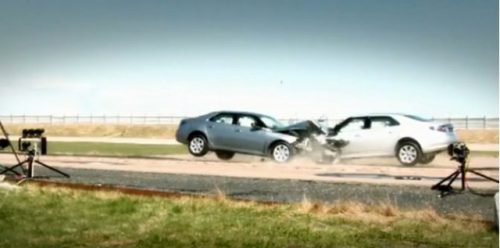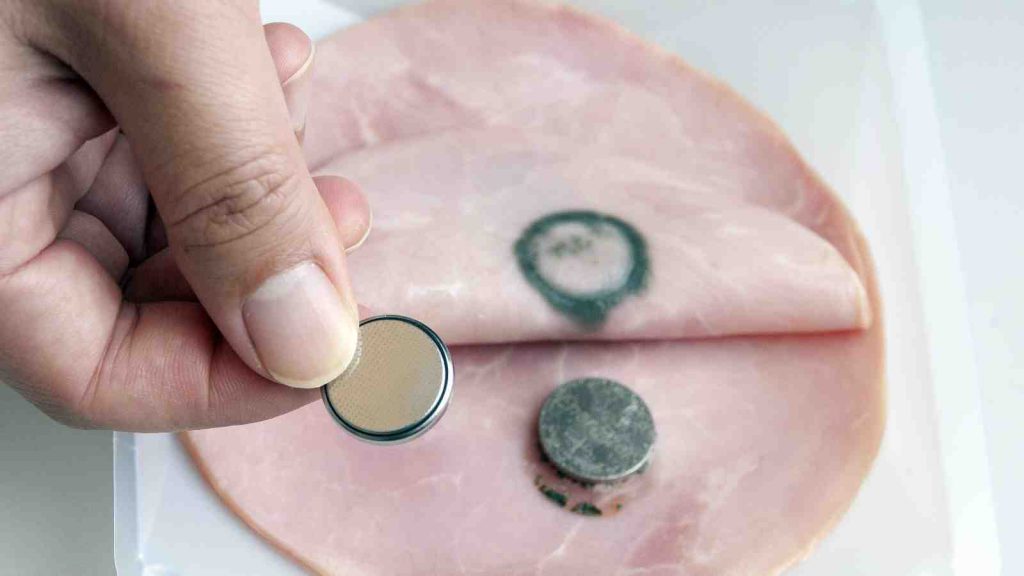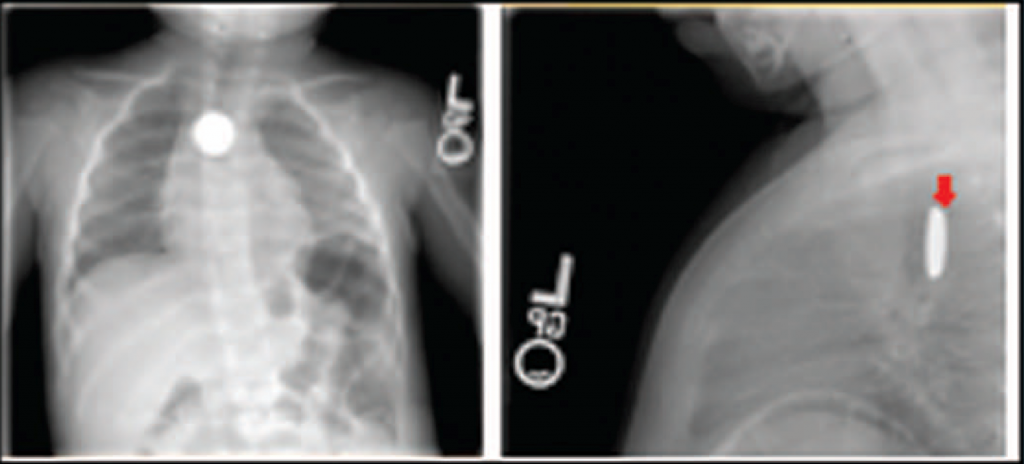Trauma professionals, both prehospital and in trauma centers, make a big deal about “closing velocity” when describing motor vehicle crashes. How important is this?
So let me give you a little quiz to illustrate the concept:
Two cars, of the same make and model, are both traveling on a two lane highway at 60 mph in opposite directions. Car A crosses the midline and strikes Car B head-on. This is the same as:
- Car A striking a wall at 120 mph
- Car B striking a wall at 60 mph
- Car A striking a wall at 30 mph

The closing velocity is calculated by adding the head-on components of both vehicles. Since the cars struck each other exactly head-on, this would be 60+60 = 120 mph. If the impact is angled there is a little trigonometry involved, which I will avoid in this example. And if there is a large difference in mass between the vehicles, there are some other calculation nuances as well.
So a closing velocity of 120 mph means that the injuries are worse than what you would expect from a car traveling at 60 mph, right?
Wrong!
In this example, since the masses are the same, each vehicle would come to a stop on impact because the masses are equal. This is equivalent to each vehicle striking a solid wall and decelerating from 60 mph to zero immediately. Hence, answer #2 is correct. If you remember your physics, momentum must be conserved, so both of these cars can’t have struck each other at the equivalent of 120 mph. The injuries sustained by any passengers will be those expected in a 60 mph crash.
If you change the scenario a little so that a car and a freight train are traveling toward each other at 60 mph each, the closing velocity is still 120 mph. However, due the the fact that the car’s mass is negligible compared to the train, it will strike the train, decelerate to 0, then accelerate to -60 mph in mere moments. The train will not slow down a bit. For occupants of the car, this would be equivalent to striking an immovable wall at 120 mph. The injuries will probably be immediately fatal for all.
Bottom line: Closing velocity has little relationship to the injuries sustained for most passenger vehicle crashes. The sum of the decelerations of the two vehicles will always equal the closing velocity. Those injuries will be consistent with the change in speed of the vehicle the occupants were riding, and not the sum of the velocities of the vehicles.




